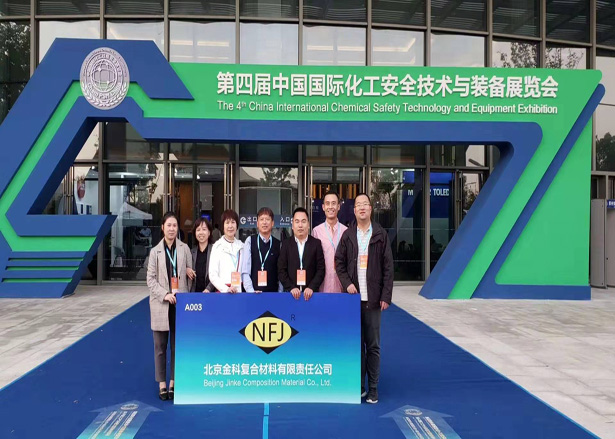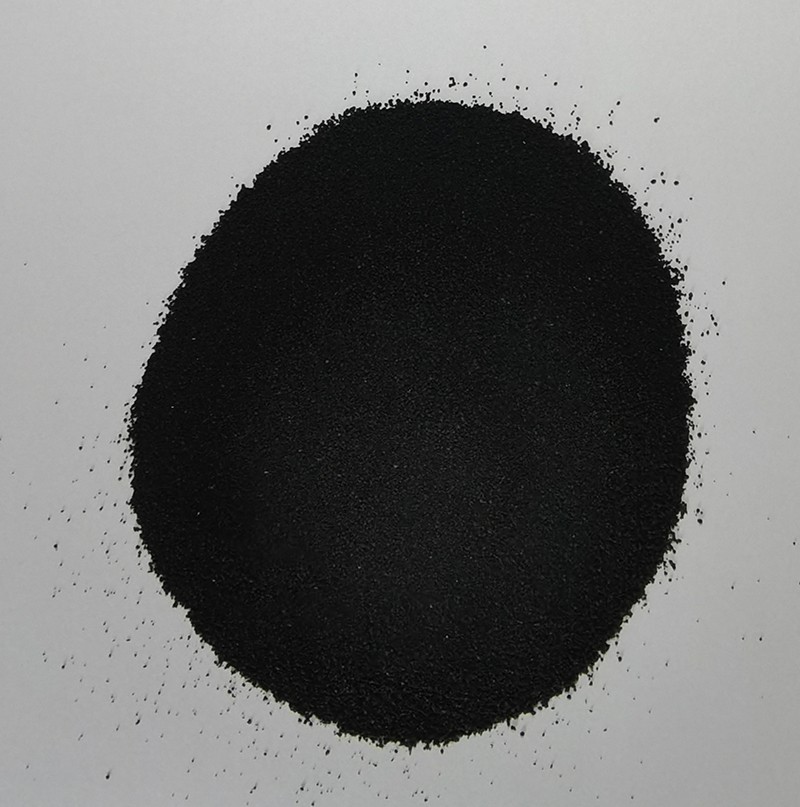## Understanding High-Temperature Friction Modifiers
High-temperature friction modifiers (HTFMs) are innovative materials designed to improve the performance of lubricants under extreme conditions. These modifiers are crucial in applications where friction and wear are prevalent, such as in automotive engines, aerospace systems, and industrial machinery. By effectively reducing friction, HTFMs play a pivotal role in enhancing the efficiency and longevity of mechanical systems.
HTFMs primarily consist of specialized chemical compounds, including organic and inorganic additives. The key components of these modifiers include molybdenum disulfide, graphite, boron compounds, and various polymeric materials. Each of these components serves a unique purpose in the modification process. For instance, molybdenum disulfide is particularly effective in high-load environments because it forms a solid lubricant film that withstands extreme temperatures and pressures. Graphite, on the other hand, provides additional lubrication and has excellent thermal stability, ensuring the lubricant remains effective even when exposed to high thermal stresses.
The working mechanism of high-temperature friction modifiers hinges on their ability to create a protective layer between two surfaces in contact. When a lubricant containing HTFMs is applied, the modifiers adhere to the surfaces, reducing the coefficient of friction. This action not only minimizes wear and tear but also contributes to heat dissipation by enhancing the lubricant's thermal conductivity. Importantly, HTFMs also exhibit shear-thinning properties, meaning their viscosity decreases under stress, allowing for better flow and lubrication when the equipment operates under heavy loads.
The role of advanced technology in the production of HTFMs cannot be overstated. Utilizing cutting-edge manufacturing techniques such as nanotechnology and advanced formulation methods significantly improves the precision and effectiveness of these modifiers. This allows for the development of tailored solutions that meet specific operational requirements, thereby optimizing the performance of various systems. For example, HTFMs are extensively used in heavy equipment and automotive applications where reliable performance is essential. By incorporating these modifiers, manufacturers can achieve higher efficiency, reduced maintenance costs, and enhanced machinery life cycles.
In conclusion, the integration of high-temperature friction modifiers into lubricants is vital for modern manufacturing. Their ability to improve performance under extreme conditions exemplifies the importance of advanced technology in producing effective solutions. For businesses looking to enhance their product offerings, collaborating with experienced suppliers in this field can yield substantial benefits. Contact us today to learn more about how our high-temperature friction modifiers can revolutionize your operations and ensure optimal performance in your applications.
Show More >>
PRODUCTS
You are welcome to contact us at any time, please write the message here and we will reply you in 24 houre. thanks foryour support.



